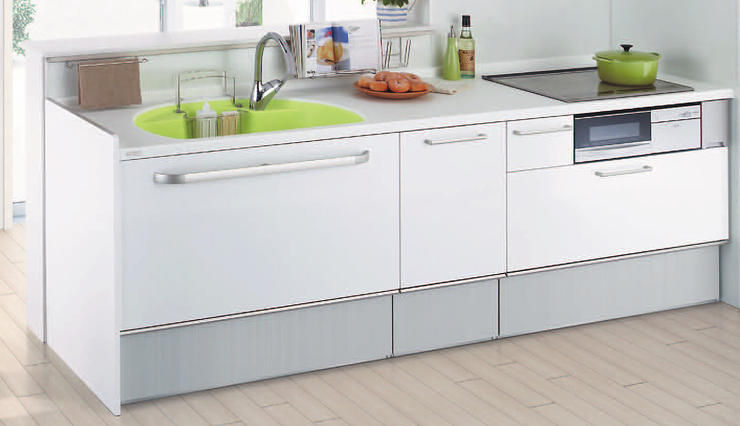What is the difference between "artificial marble" and "artificial marble"?
- Gaj Arts

- Jul 10, 2019
- 3 min read

The kitchen counter is "stainless or man-sized" and the bath tub is "FRP or man-sized".
However, when looking at the catalog, depending on the manufacturer, the notation has changed, such as "artificial marble" or "artificial marble".
The name may differ depending on the manufacturer, right?
... you thought there was a mistake! !
Yes, "artificial marble" and "artificial marble" are similar names, but the composition and nature are completely different. So, this time we will introduce the difference between "artificial marble" and "artificial marble".
Artificial marble

It is a semi-artificial material obtained by crushing natural marble and hardening it with cement or resin.
A long time ago, "Terrazo" is made by crushing marble etc. on a mortar layer to be reinforced, putting cement and mixing concrete over and hardening it, then polishing the surface, polishing and finishing it It was in circulation, but has not been seen very recently.
The difference with "artificial marble" is that it requires polishing for finishing, so it is not suitable for complicated shapes such as bathtubs, and is often used as plate-like products such as kitchen counters, wall materials and flooring. You can visit Marble Handicrafts for home decor.
● Kitchen ... Tokuras, LIXIL, Panasonic, Takara Standard
● Tub ... Tuclas, LIXIL, Panasonic, Takara Standard
Artificial marble

Although it is named "marble", it does not contain any components of natural stone like artificial marble.
An artificial material mainly composed of acrylic resin or polyester resin is called "artificial marble".
Also. read: Marble Handicraft Items
Because artificial marble is processed into various shapes and has excellent colorability, mass production is possible as long as it has a mold.
In addition, it is often used for bathtubs and so on because it expresses transparency.
As it is soft and easily damaged compared to natural marble, there is also a defect that when using nylon scrubs and cleansers with abrasives, differences in luster will occur, and if they are colored, they will be slightly whitened as the color is also scraped.
In addition, because the main component is resin, it is difficult to give a high-class texture with the inorganic properties of "marble", so it is not recommended for people who like the texture and taste of marble.
● Kitchen ... clean up, TOTO, AIDI, Wood One
● Bathtub ... clean up, TOTO, noritsu
Basically both are not so strong in heat.
However, in the case of artificial marble, moisture is removed by increasing the strength by using a high pressure press or by drawing a vacuum, and each manufacturer manufactures a more durable one.
In addition, the merits and demerits vary depending on whether the main component of the resin is acrylic or polyester.
1. An acrylic acrylic resin mixed with an inorganic substance, heated, and pressure molded.
By doing so, it is characterized by the fact that the components are uniform and non-porous finish to the inside, so it is difficult for the dirt to soak in, and there is no yellowing or darkening.
It also has a smooth surface and care is also attractive.
And because it is easy to process compared to polyester-based and has excellent weatherability and impact resistance, it is often used as a material in kitchens and bathtubs around water.
2. Polyester system
Inorganic substances are mixed into polyester resin, heated and pressed.
Acrylics are less accurate, less sensitive to ultraviolet light, and may cause yellowing or warping, so they are not suitable for outdoor use.
Moreover, it is not suitable for the counter of the kitchen because it is weak to heat.
However, it is likely that it is often used for furniture such as tables because the price range is cheaper than acrylics.
As the ingredients look different and even the nature changes, let's actually go to the showroom, see, hear and touch to see the difference!









Comments